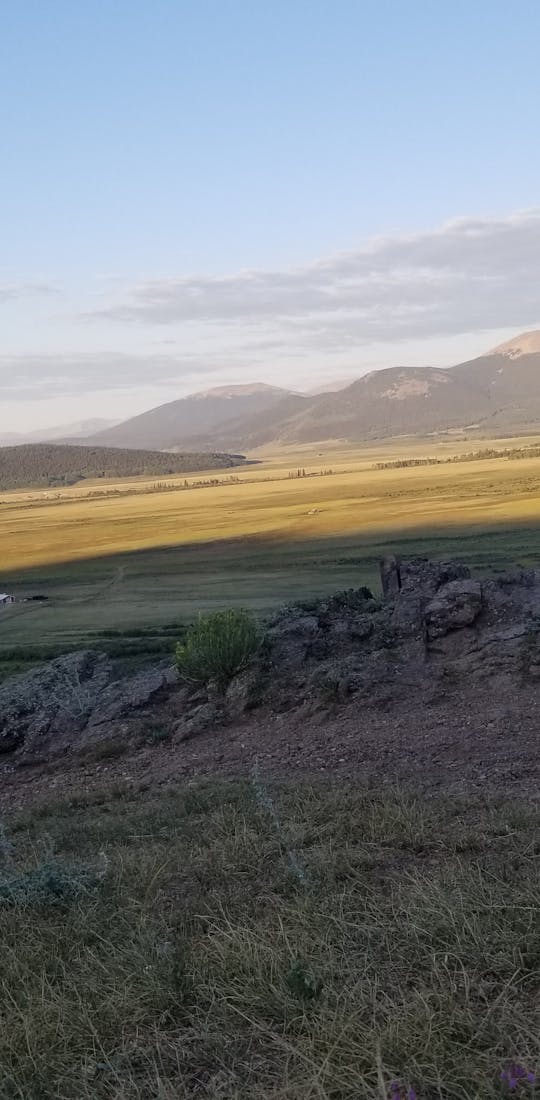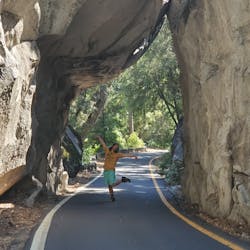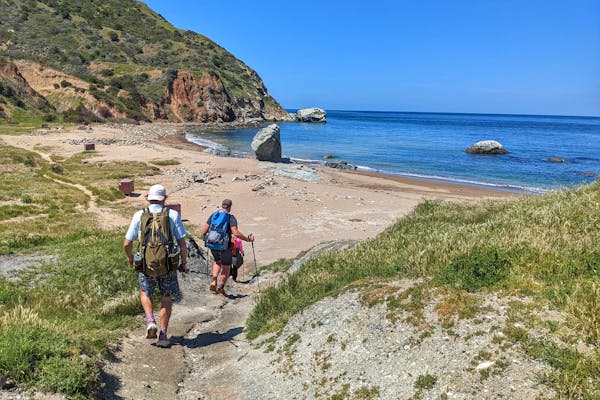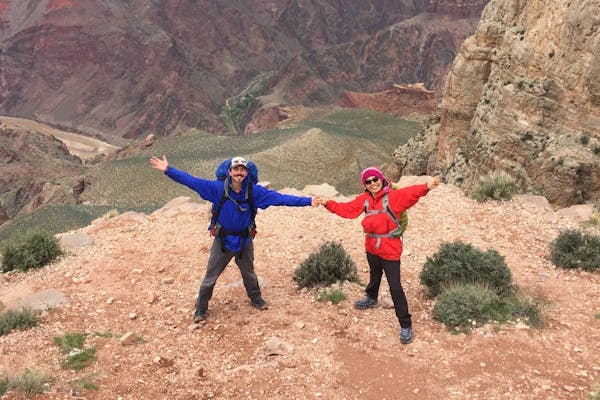As we enter the second month of the new year, there are many people around the world making checklists, working out, and anxiously awaiting their first steps on a long trail that they’ve been thinking of - for maybe their whole life.
It’s no wonder thru-hiking or long-distance hiking has drawn a wide range of people. There is a simplicity to it.
Days can be summarized by: waking up, putting on your hiking clothes and gear, boiling water, eating, finding a nice spot to use the outdoor restroom (200 feet from a water source of course!), walking, eating, resting, walking, eating, resting, finding place to set up camp, getting in your sleeping bag, repeat.
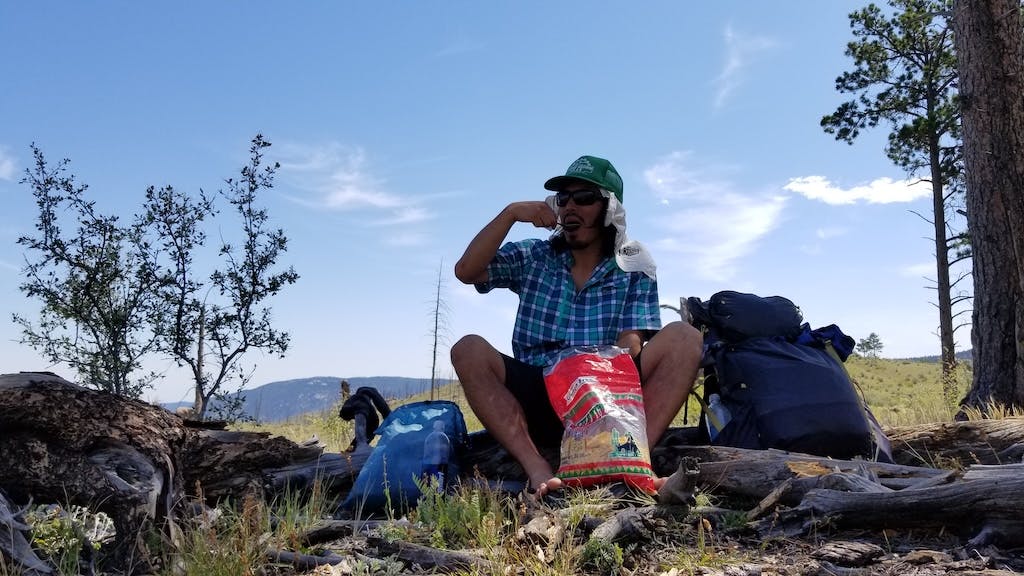
Although thru-hiking is not all that simple, people yearn for something that long-distance trails can provide. There is a multitude of experiences for those looking to get outside of their comfort zone, or those that find comfort outside with everything on their back.
If you’re reading this, you may be one of those people and this topic caught your eye.
Preparation is extremely important when people are planning out what will likely be the adventure of a lifetime. Going into a multi-hundred- or thousand-mile hike is no joke. Yes, there are the people who say, “the trail gets you in shape” and they aren’t wrong, but there are many asterisks and caveats to that statement. I won’t spend the blog breaking that down but it should be taken with a few teaspoons of salt.
Being prepared will make the experience feel better and safer – you'll thank yourself later. As someone who may have had a semblance of an idea of what a thru-hike is, I learned some difficult and meaningful lessons on trail. The trail isn’t just there to get a hiker in shape, the hiker has to be ready.
Here’s how to approach that:
1) Make Sure Your Gear Fits
This seems like the simplest piece of advice you’ll see and hear. There are a multitude of outdoor influencers who craft and curate videos about this. I mention this because gear that works for someone else who has hiked already may not work for you. It’s important to find something that fits you, whether it’s a backpack that cinches properly around your hips; shoes that are designed for your toe box; or a water filtration system that is going to fit your water storage. Gear is critical to the success of a thru-hike and the last thing you want is to find out that something doesn’t work on-trail.
2) Test Your Gear on Practice Hikes
Getting the fit right is the first step. Next, you’ll want to make sure it's properly tested and approved out in the field beforehand. You may not live anywhere near mountains, but it’s okay to test out gear by taking it for a spin around the block.
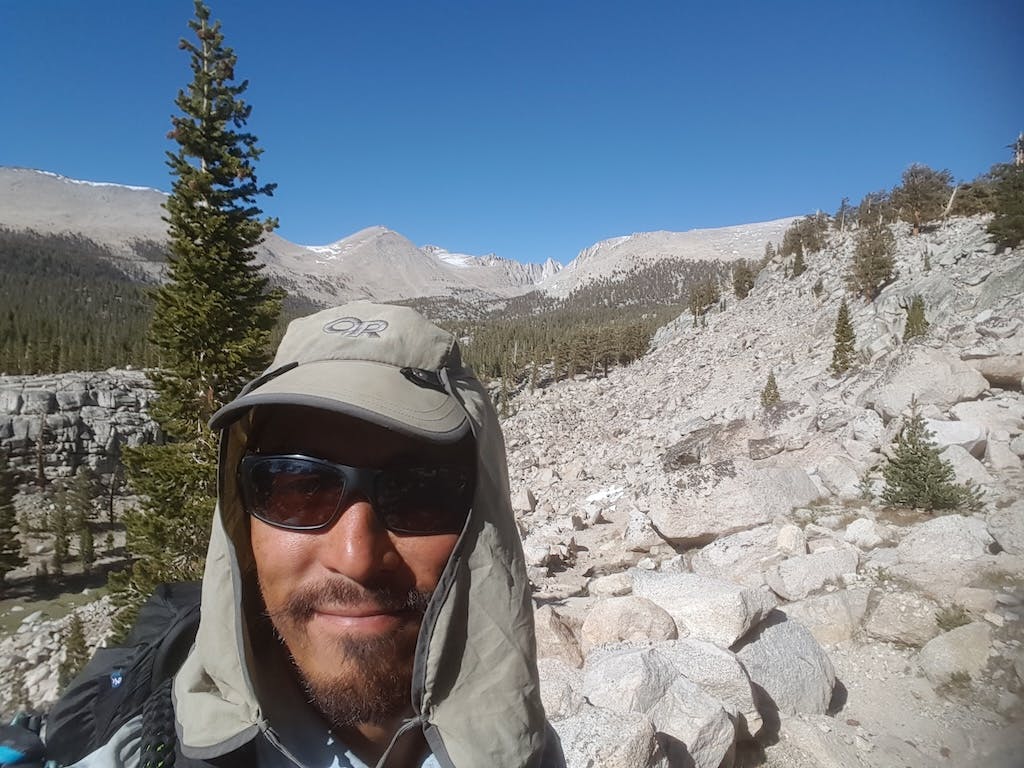
A key example is ensuring you know how to use a backcountry stove as well as how to disassemble and assemble it in various conditions (nighttime vs daytime). Familiarizing yourself with your gear will allow you to pinpoint issues or changes quicker, which can save valuable time and provide gear companies with good feedback (or an opportunity for warranty) should an issue arise.
3) Don’t Pack Your Fears
A lot of first-time, aspiring thru-hikers are looking for A) the experience of a lifetime and B) to be safe and prepared for all situations. Let me be the first to tell you, it’s okay to leave the cast iron pan at home. I am all about safety and security (packing a first aid kit and satellite phone), but when you pack your heavy comfort items, you weigh yourself down physically and mentally. Part of the journey is learning to let go of certain things. By omitting heavy comfort items, the trek will be made easier. It may also give you the chance to pinpoint exactly where you are uncomfortable and bit-by-bit, learn to leave it behind. Instead of a cast iron pan maybe a lighter stainless-steel pan.
4) Cross-Train
Following up on “the trail gets you in shape” mentality from earlier: Please don’t just expect to get in shape upon hitting the trail. It’s important to train your body beforehand to prevent injuries and fatigue. This ties back to hiking around with your gear. Know what a pack weighed down by 20-pounds of food and water feel like versus a pack weighed down by 50-pounds of food, water, gear, and maybe some excess things you think you need at first.
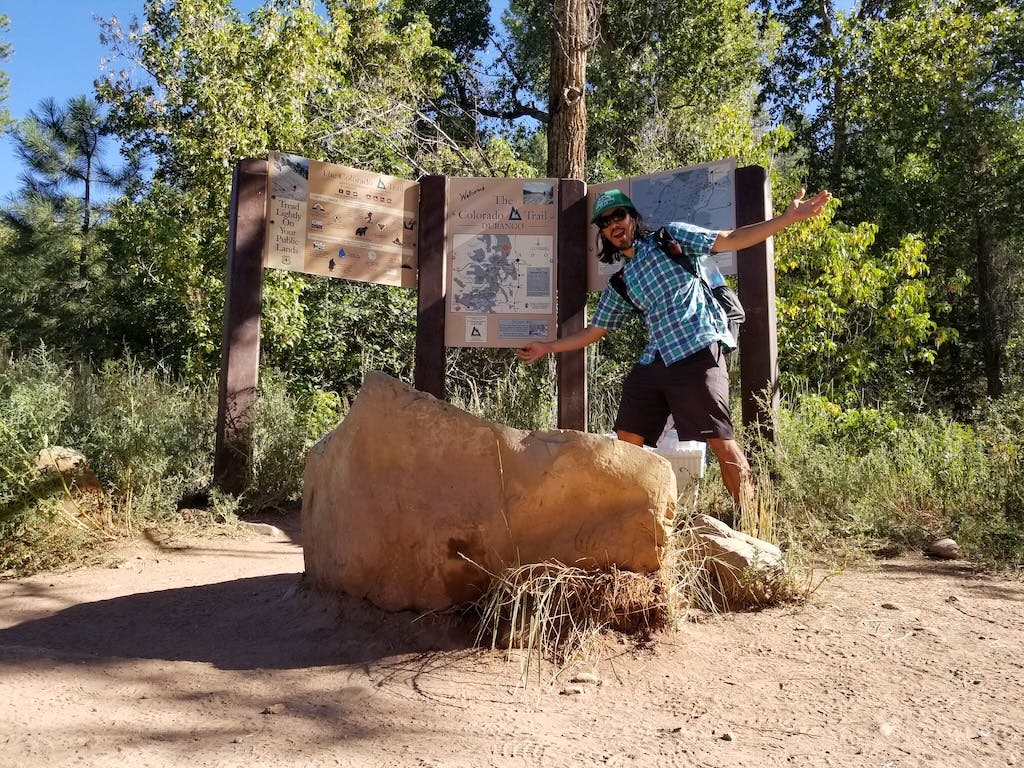
There are many training regimens out there. Find one that works for you. Hiking, running, swimming, stretching, calisthenics, weight training are all fantastic ways to prepare. What you don’t want to do is show up on-trail having never hiked with a full pack and realize something is hurting before making it to the first water source.
5) Guidebooks, Blogs, and More....
There are a multitude of resources on the various long trails across the world. As someone who enjoys looking and reading at maps, I prefer having paper copies of guides and maps to support the digital tools on a hike. It’s amazing to see where the technology has come with topographic maps that you can zoom in on while reading a user comment on a hiking app. However, be sure to test out these apps and review your maps beforehand. If you do go with physical paper maps, consider getting them waterproofed or laminated ahead of time.
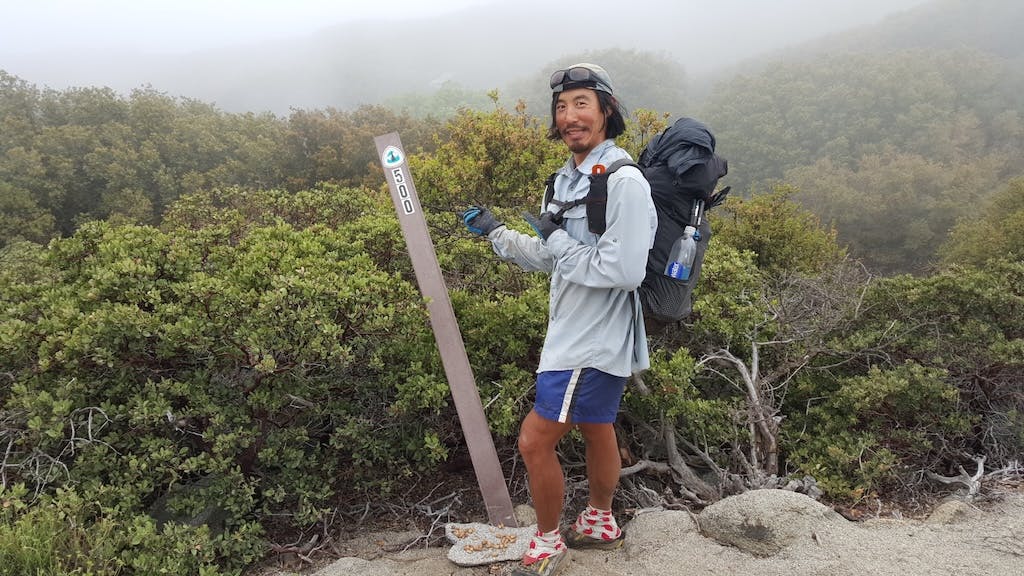
Additionally, hundreds of people write blogs and post content on their hikes each year. These are great resources but consume all content with another teaspoon of salt. What that person hiked the year(s) before you is likely different now, as the trails change every year. Be sure to research current conditions beforehand to ensure you have the most up to date information. Whether you want to pay for a subscription to a training program or go to your local gear store to test gear, there’s a lot to absorb and learn.
My one last piece of advice:
From someone who was in your shoes once, it’s okay to not know it all, because you will find the path that is right for you.
